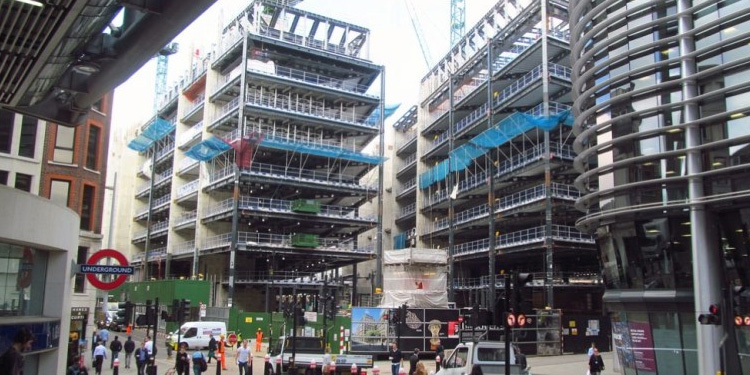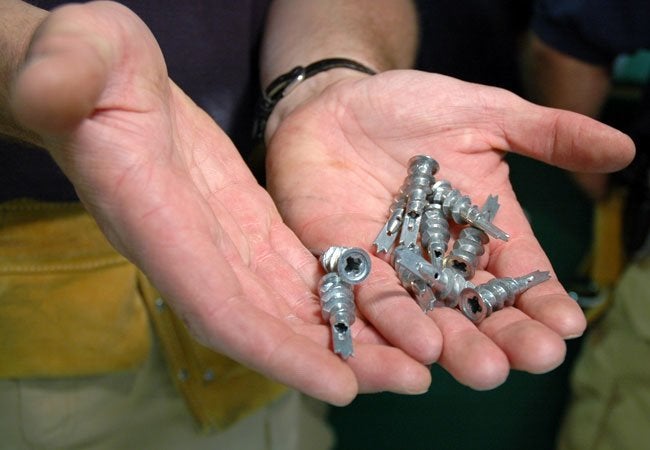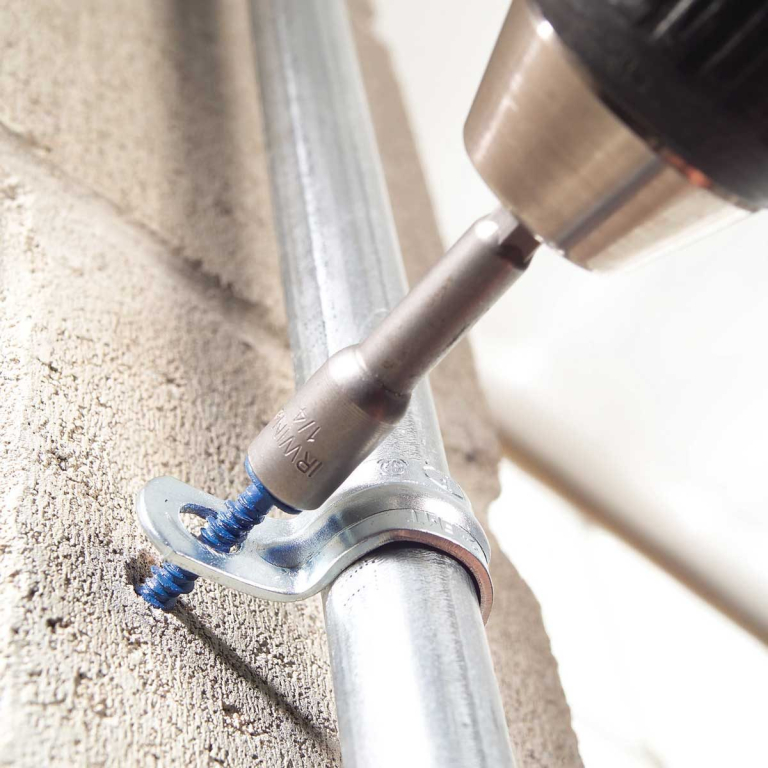The Future of Commercial Building Repairs: Trends and Innovations
Commercial building repairs are essential to preserving commercial properties and maintaining their value. Every commercial property owner, facility manager, or real estate investor knows that the building maintenance budget is among the significant operating expenses. Hence the need to keep up with current and future trends in commercial building repairs. In this article, we will discuss the future trends and innovations in commercial building repairs, their advantages, and disadvantages.
Current trends in Commercial Building Repairs
Predictive Maintenance
Predictive maintenance is a vital trend in commercial building repairs. It involves analyzing data and using it to predict when maintenance is required, minimizing downtime and associated costs. The upkeep team can identify which assets require critical attention by considering factors such as equipment age and failure records. Predictive maintenance also involves the use of sensors to provide real-time data on structural integrity or potential defects.
Use of Drones for Inspections
Drone technology is revolutionizing commercial building repairs by providing a safer and cheaper way to carry out building inspections. Drones can operate in hard-to-reach areas and get aerial views of the building without human intervention. This technology reduces the cost, time, and potential risks associated with manual inspections.
Implementation of IoT
Internet of things (IoT) is increasingly gaining acceptance in commercial building repairs. IoT enables the use of connected sensors to control and monitor essential equipment and systems, thus alerting the maintenance team whenever there is a need for repair or maintenance.
Future trends in Commercial Building Repairs
Robotics and Automation
Robotic technology and automation are likely to transform the commercial building repair industry. Robots can be used for cleaning, painting, and repairing. They can also detect defects in the building structure that are otherwise difficult to identify by humans, potentially saving time and costs.
Use of Virtual and Augmented Reality
Virtual and augmented reality technologies will soon enter the commercial building repair industry. Augmented reality will allow maintenance personnel to access digital information about the building components, helping them to diagnose issues and carry out maintenance more accurately. Virtual reality will also enable remote inspections, eliminating the need for physical inspections.
Advanced Materials use
Advanced materials such as composites and smart materials will soon become more popular in commercial building repairs. These materials can self-heal, meaning that they possess characteristics that enable them to repair damage without human intervention. They can also withstand harsh weather conditions.
Innovations in Commercial Building Repairs
Modular Construction
Modular construction (manufacturing components in a controlled environment and constructing them on-site) will revolutionize commercial building repair. With modular construction, components are easily replaced and modernized, minimizing disruptions.
Smart Buildings
Smart buildings are already popular in modern commercial construction. They use a network of sensors that monitor utilization and the efficiency of different parts of the building. Smart buildings are energy-efficient and integrate with maintenance personnel notifications.
Nanotechnology use
Nanotechnology will revolutionize commercial building repairs. Nanoparticles can self-repair themselves, can detect and report damages to maintenance personnel, and structural instability. In addition, nanotechnology coatings can protect buildings from harsh weather conditions.
Advantages of Technology in Commercial Building Repairs
- Technology reduces the time and costs of repairs and maintenance, reducing overall operating expenses.
- Predictive maintenance will help reduce repairs and maintenance during the building’s life cycle, reducing building costs.
- Drones, connected sensors, and robots will help reduce on-the-job injuries, making repairs safer.
- Introduction of tools such as virtual and augmented reality can increase repair accuracy.
Disadvantages of Technology in Commercial Building Repairs
- Technology can be expensive to implement.
- Emerging technology comes with a learning curve for technicians to operate efficiently.
- Caution should be taken since technology tools may not diagnose all problems accurately
- Over-reliance on technology will lead to reduced human interaction and decision-making.
To read more about this topic, check out previous blog post at The Most Common Causes of Commercial Building Damage
For more general information on building then please visit: https://www.building.vic.gov.au/
Commercial building repairs are vital to preserving commercial properties, and the future of technology allows for safer, more efficient, and cost-effective maintenance and repair efforts. The use of technology has already demonstrated many benefits in commercial building repairs, including predictive maintenance, drones for inspections, and IoT implementation. The future of commercial building repairs encompasses more advanced technology, including robotics and automation, virtual and augmented reality, and the use of advanced materials. Innovations, such as modular construction, smart buildings, and nanotechnology use, will revolutionize the commercial building repair industry. Although the technology has significant benefits, it also comes with its disadvantages, including learning curves and expenses associated with implementation.







